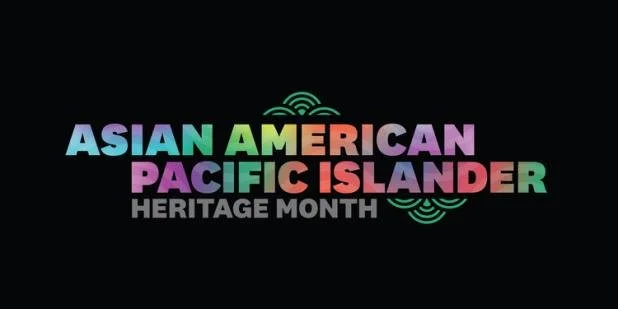The History of AAPI Month
by Angelynn Huang ‘24
As an Asian American, AAPI (Asian American Pacific Islander) month is a special time of the year for both me and many others in the U.S.
With origins dating back to the late 1970s, Asian American and Pacific Islander (AAPI) Heritage Month is a significant event in American history. To recognize the contributions made by AAPI communities to American society, Congress presented several joint resolutions in 1977 that called for the observance of Asian/Pacific American Heritage Week. This marked the beginning of the journey towards acknowledgment.
The first Asian/Pacific American Heritage Week proclamation was issued by President Jimmy Carter in 1979 with Proclamation 4650. This custom was carried forward by succeeding administrations, such as those of Presidents Ronald Reagan and George H.W. Bush, highlighting the significance of recognizing the varied cultural, economic, and social achievements of AAPI people. In 1990, the festival was extended from a week to a month when President George H.W. Bush issued Presidential Proclamation 6130 declaring May to be the first "Asian/Pacific American Heritage Month.”
The development of AAPI History Month is indicative of a wider appreciation for the diverse range of American cultural history. May was permanently set aside as a month to celebrate and honor the heritage, accomplishments, and struggles of Asian Americans and Pacific Islanders thanks to legislative milestones like Pub.L.101-283 and Pub.L.102-42, which broadened the observance and recognized significant historical events in Asian American and Pacific Islander history. In addition to being a time for introspection and celebration, this month is also a chance to promote equity, inclusiveness, and social justice initiatives by bringing attention to the difficulties that AAPI communities confront.
Two particularly significant days in May were used as a legislative reference when declaring the month as AAPI History Month: the 7th and the 10th. May 7, 1843 marks the arrival of the first Japanese immigrants to the United States, and May 10, 1869, or Golden Spike Day, recognizes the completion of the first transcontinental railroad in the U.S., which had significant contributions from Chinese workers.
The Transcontinental Railroad is often considered one of the greatest engineering feats in American history and paved the way for unprecedented travel across the U.S. Initially attracted to California during the 1860s due to the Gold Rush, thousands of Chinese workers flooded the San Francisco area to mine for gold, coming mostly from the Guangdong region of China where poverty was rife during the 19th century. Many of these workers left behind families of their own, using their last savings to pay for passage across the Pacific in search of better opportunities. Instead, they were met with hostility and distrust from their white counterparts.
Yet their labor was needed. During the construction of the Transcontinental Railroad, many of the white workers would quit whenever there was news of a gold strike, causing delays and labor shortages. The Chinese workers were hired and proved to be reliable, exceptionally hard-working, and adept at the arduous labor they were tasked with. Not only did they work as laborers, but they took on a variety of positions such as cooks, masons, contractors, medical professionals, and much more.
Despite their enormous contributions in accelerating the progress of the railroad, they were often paid 30% less than their white counterparts, segregated into different camps with drastically worse conditions, and forced to pay for their own lodging, food, and living expenses. Additionally, it has only been in more recent years that the contributions of the Chinese laborers have been publicized. Historians perusing old newspaper articles have indicated that the Chinese were purposefully ignored or had their names anonymized in old publications regarding the railroad’s construction.
It is thanks to the sacrifice and dedication of thousands of AAPI that the U.S. has been able to become the country it is today. Let’s take the time during the month of May to reflect and appreciate the enormous contributions of Asian Americans and Pacific Islanders.
Want more from Trojans 360?
Visit Trojans 360 on Facebook & Twitter to stay up to date with more student content! You can also Ask A Trojan an anonymous question, and we’ll try to answer it in a future post. And don’t forget to follow us on Instagram!
Trojans 360 is USC’s official student-run blog. Content created by students, for students.

